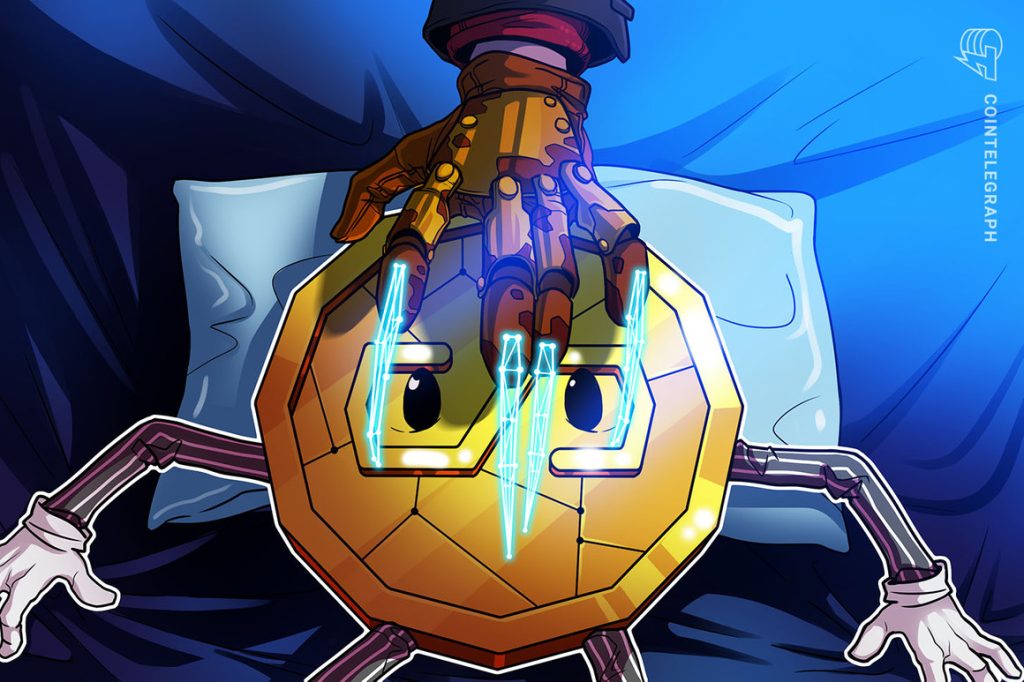Over the last couple of years, we have seen a lot of interest from central banks and governments in the stablecoin market. The reason behind it lies in the development of central bank digital currencies, or CBDCs.
The idea of issuing a digital alternative to cash is a great motivator for central banks. It allows them to gain more control over the transition and processing of cashless transactions, which are currently overseen indirectly through private payment processors and banks.
Related: Did CBDCs affect the crypto space in 2020, and what’s next in 2021? Experts answer
There have been a number of pilot CBDC projects and initiatives already launched by several central banks, and more are about to come. It is important to note, however, that CBDC has nothing to do with cryptocurrency or known stablecoins in the crypto community — they are not intended to be heavily used in trading; some of them will not be even traded for crypto. CBDCs are a mere digital alternative to cash, fully controlled by central banks.
Related: Central bank digital currencies are dead in the water
CBDCs and stablecoins
A reasonable question arises: If CBDCs and centralized stablecoins solve different market needs, why can’t they coexist? In principle, they could, but at a very high price for the latter.
When it comes to exercising control over money in any form, central banks are quite strict and straightforward — if you want a piece of it, you need to be heavily regulated. As central banks enter into the digital currency world, they will apply the same principles to any existing market participant.
A great example of this approach can be found in a bill introduced to the U.S. Congress in late November 2020, called the Stablecoin Classification and Regulation Act of 2020. According to the bill:
A stablecoin can only be issued by an insured depository institution that is a member of the Federal Reserve System.In order to issue stablecoins or provide any stablecoin-related services, a written approval from the appropriate federal banking agency and the Federal Reserve System is required.
In summary, the bill is intended to apply banking regulations to centralized stablecoin issuers, which could have a huge impact on stablecoins currently present on the market. Some of them are not regulated at all, while others are. However, they are not as strong as the bill suggests.
Without going into specifics of each particular jurisdiction or the future of singular legislative initiatives, it is quite clear that a similar approach could be undertaken by regulators outside the United States.
Are decentralized stablecoins set to replace the old ones?
It is also clear that the modern cryptocurrency industry cannot be imagined without stablecoins, and the potential disappearance of centralized stablecoins, as of now, could have an irreversible impact on the market. However, this impact could be mitigated by the transfer of liquidity into decentralized stablecoins, which can represent a competitive alternative and, at the same time, fall out of the scope of the central banks’ regulations.
The main issue with decentralized stablecoins has a conceptual nature — the absence of an issuer automatically leads to the absence of stability, guarantees, legal responsibilities and governance. Currently, there are a huge number of decentralized protocols looking to solve this issue by delegating governance to the community, and ensuring full transparency and control over collateral, which is represented by cryptocurrency or other stablecoins.
Related: You can’t talk about blockchain and not bring up CBDCs and stablecoins
Despite solving part of the issue, the above leaves the stability problem in the air. Using cryptocurrency as collateral is the most obvious solution for decentralized protocols in terms of transparency, but at the same time, it can be hardly competitive with the U.S. dollar-pegged stablecoins in terms of stability (yes, DAI, we are looking at you now).
So, it appears that a perfect solution might be a community-managed decentralized stablecoin, connected with real-world assets of stable value — currency, debt obligations or others. The emergence of such solutions could have a significant impact on the current stablecoin industry, providing traders with a stable and transparent alternative to currently existing centralized stablecoins, which are on the verge of elimination under the pressure of regulators and central banks.
The views, thoughts and opinions expressed here are the author’s alone and do not necessarily reflect or represent the views and opinions of Cointelegraph.
Artem Tolkachev is the founder and CEO of BondAppetit and Tokenomica. Since 2011, he has been an intellectual property and information technology lawyer and entrepreneur. In 2016, Artem founded and headed Deloitte CIS Blockchain Lab. As part of that initiative, he led a range of innovative projects involving the implementation of enterprise blockchain solutions, tokenization of real-world assets, tax and legal structuring of security token offerings, and the development of cryptocurrency and blockchain legislation.






